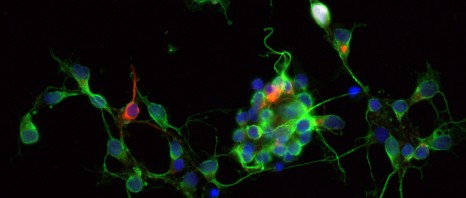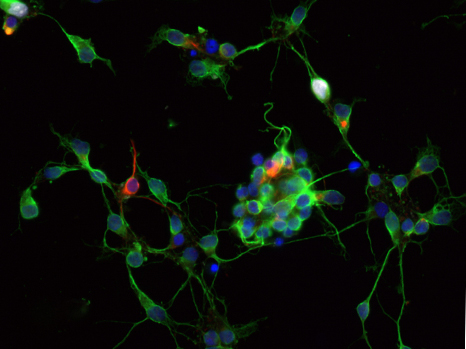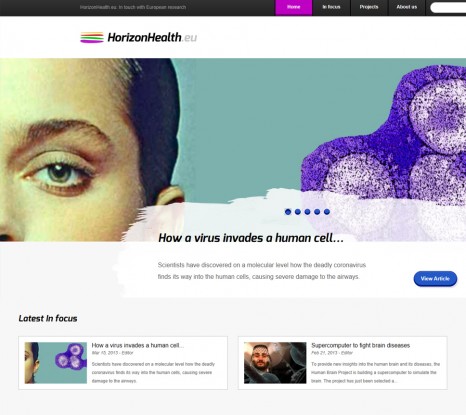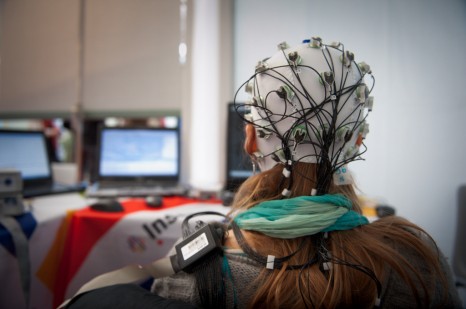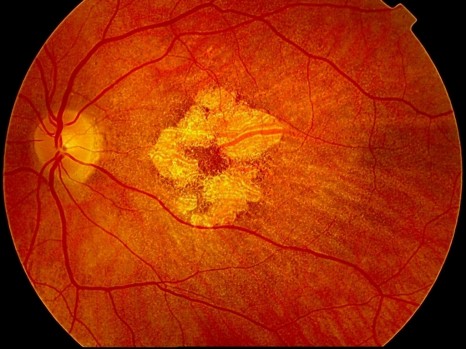Hervé Chneiweiss, a research director at the CNRS, has just been appointed President of the Inserm Ethics Committee. Inserm’s Ethics Committee for medical research and health was set up in 2000 with the aim of playing an active part in the dialogue between Society and the scientific and medical communities. He takes over from Jean-Claude Ameisen, the President of the French National Consultative Ethics Committee (CCNE).
Copyright : Pierre Malaval
Hervé Chneiweiss, medical doctor and scientist, neurologist and neurobiologist, has always integrated the ethical questions posed by progress and research into his clinical and scientific work. From 2000 to 2002, he was a technical consultant for life sciences and bioethics at the Ministry of Research. He has been a member of the Inserm Ethics Committee since 2003 and has contributed to numerous articles published in international scientific reviews and works on bioethics.
He will be President of the Ethics Committee, whose work is to discuss and develop reflection on ethical aspects of practices used for biomedical research; to keep watch and advise in order to prepare the conditions for innovatory research and ensure that all practices are accompanied by ethical principles, particularly as concerns their impacts and consequences; to ensure awareness and guidance in ethical questions and to play a full part in communication between the scientific and medical community, Inserm and Society.
Hervé Chneiweiss is delighted with this
“rewarding mission to create the conditions required for ongoing ethical awareness and discussion within Inserm and to contribute to interfaces between the decision-makers and Society”.
“For Inserm, more than any other institution, it is an absolute necessity to be able to reply to ethical questions posed both by researchers and by all of our fellow citizens. I am delighted that Hervé Chneiweiss has accepted this complex task; we all know the extent to which his ideas have enriched ethical thinking”,
states André Syrota, Chief Director and President of Inserm.Hervé Chneiweiss is also Research Director of the “Glial plasticity and brain tumors” research team and is Director of the Paris-Seine Neurosciences Laboratory (Inserm/CNRS/UPMC) at the new Paris-Seine Institute of Biology, that groups together the biology laboratories from the Jussieu campus.
He is working on the biology of a specific population of cells from the nervous system, known as astrocytes. Astrocytes make up half of all brain cells and fulfill numerous functions, from constructing the architecture of the brain to being involved in each phase of communication between neurons. Hervé’s team are making a specific study into the mechanisms that link astyrocytes to the cause and development of brain tumors. By characterizing stem cells within brain tumors, it could be possible to develop new therapeutic strategies to fight cancer.
Editor of the review Médecine/Sciences since 2006, Hervé Chneiweiss is also a member of the Scientific Council of the Parliamentary Office of Scientific and Technological Assessment (OPECST), member of the Scientific Council of the French Foundation for Medical Research (FRM) and of the Institute of Biological Sciences at the CNRS.
He is also co-author of “Bioéthique: Avis de tempêtes” (with Jean-Yves Nau, Alvik, 2003), and author of “Neuroscience et Neuroéthique : des cerveaux libres et heureux” (Alvik 2006) and “L’homme réparé” (Plon 2012).


